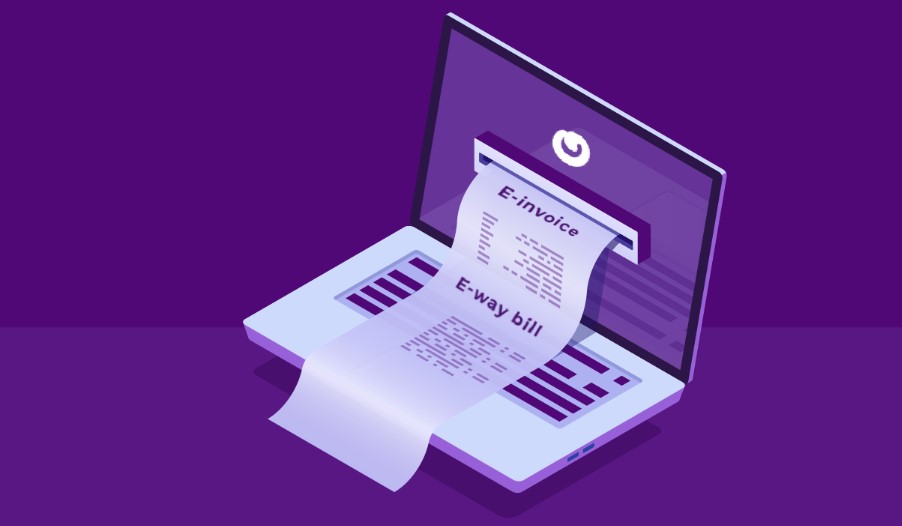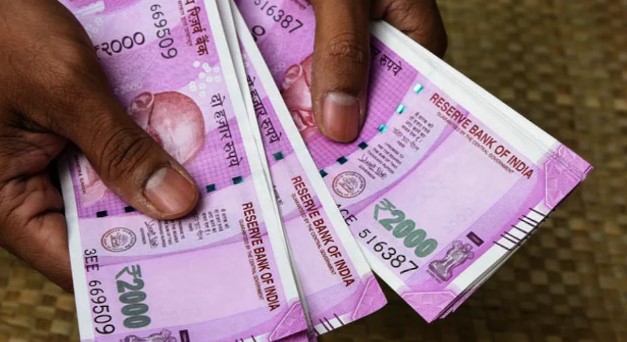
RBI’s Repo Pause May Boost Sales of Affordable Housing
- जून 14, 2023
- 0
The Reserve Bank of India’s (RBI) decision to keep the repo rate unchanged at 6.5% is expected to support the sales activity in residential real estate, especially in interest-rate sensitive segments of low-income, affordable, and mid-income categories.
Through six successive increases since last May, the central bank had raised policy rates by a cumulative 250 basis points, taking the repo rate to 6.5%. The increases have meant cost inflation for the sector that has linkages with more than 260 ancillary industries. Housing loan rates also now hover around 9% from a record low of 6.6% a year ago. Affordable housing demand, which is more sensitive to interest rates, had already started slowing down.
According to developers, another hike in the repo rate would have led to even higher borrowing costs and made it a more challenging lending environment. This would have ultimately resulted in higher project costs and housing prices, on the back of prices already increasing by 5-6% in the last one year.
This would provide a further boost for the affordable and mid income housing segments specifically Coupled with the Central Government also hiking its outlay for the PMAY program during this year’s Budget, expecting the demand for affordable housing to grow in the upcoming quarters.
The housing market witnessed marginal growth in demand and conversion across India’s key property markets during the quarter ended March led by the luxury and mid-income segments. Higher interest rates had started impacting the sales momentum in affordable and low-income housing.
In 2022 the Indian real estate market experienced a resurgence across all three sectors-residential, office, and retail-for the first time in decade.
RBI के रेपो रेट में ठहराव से किफायती आवास की बिक्री बढ़ने की आस
रेपो दर को 6.5 प्रतिशत पर अपरिवर्तित रखने के भारतीय रिज़र्व बैंक (RBI) के निर्णय से आवासीय अचल संपत्ति में बिक्री गतिविधि का समर्थन करने की उम्मीद है, विशेष रूप से निम्न-आय, सस्ती और मध्य-आय श्रेणियों के ब्याज-दर संवेदनशील क्षेत्रों में।
पिछले मई से लगातार छह वृद्धि के माध्यम से, केंद्रीय बैंक ने रेपो दर को 6.5 प्रतिशत तक ले जाते हुए, संचयी 250 आधार अंकों की नीतिगत दरों में वृद्धि की थी। वृद्धि का मतलब उस क्षेत्र के लिए लागत मुद्रास्फीति है जिसका 260 से अधिक सहायक उद्योगों के साथ संबंध है।
हाउसिंग लोन की दरें भी एक साल पहले के 6.6 प्रतिशत के रिकॉर्ड निचले स्तर से अब लगभग 9 प्रतिशत हो गई हैं। किफायती आवास की मांग, जो ब्याज दरों के प्रति अधिक संवेदनशील है, पहले से ही धीमी होने लगी थी।
डेवलपर्स के अनुसार, रेपो दर में एक और बढ़ोतरी से उधार लेने की लागत और भी अधिक हो जाती और यह एक अधिक चुनौतीपूर्ण उधार वातावरण बना देता। पिछले एक साल में कीमतों में पहले से ही 5-6 प्रतिशत की वृद्धि के कारण अंततः इसका परिणाम उच्च परियोजना लागत और आवास की कीमतों में हुआ होगा।
यह विशेष रूप से केंद्र सरकार के साथ मिलकर किफायती और मध्यम आय वाले आवास खंडों को और बढ़ावा देगा, साथ ही इस वर्ष के बजट के दौरान पीएमएवाई कार्यक्रम के लिए अपने परिव्यय में बढ़ोतरी करेगा, जिससे आगामी तिमाहियों में किफायती आवास की मांग बढ़ने की उम्मीद है।
लग्जरी और मिड-इनकम सेगमेंट के नेतृत्व में मार्च को समाप्त तिमाही के दौरान आवास बाजार में भारत के प्रमुख संपत्ति बाजारों में मांग और रूपांतरण में मामूली वृद्धि देखी गई। उच्च ब्याज दरों ने किफायती और कम आय वाले आवासों में बिक्री की गति को प्रभावित करना शुरू कर दिया है।
2022 में भारतीय रियल एस्टेट बाजार ने दशक में पहली बार सभी तीन क्षेत्रों-आवासीय, कार्यालय और खुदरा-में पुनरुत्थान का अनुभव किया।[/vc_column_text][/vc_column][/vc_row]
































































